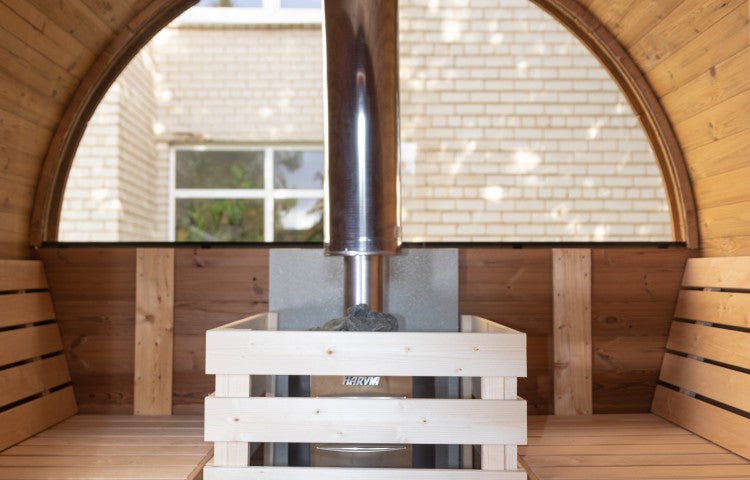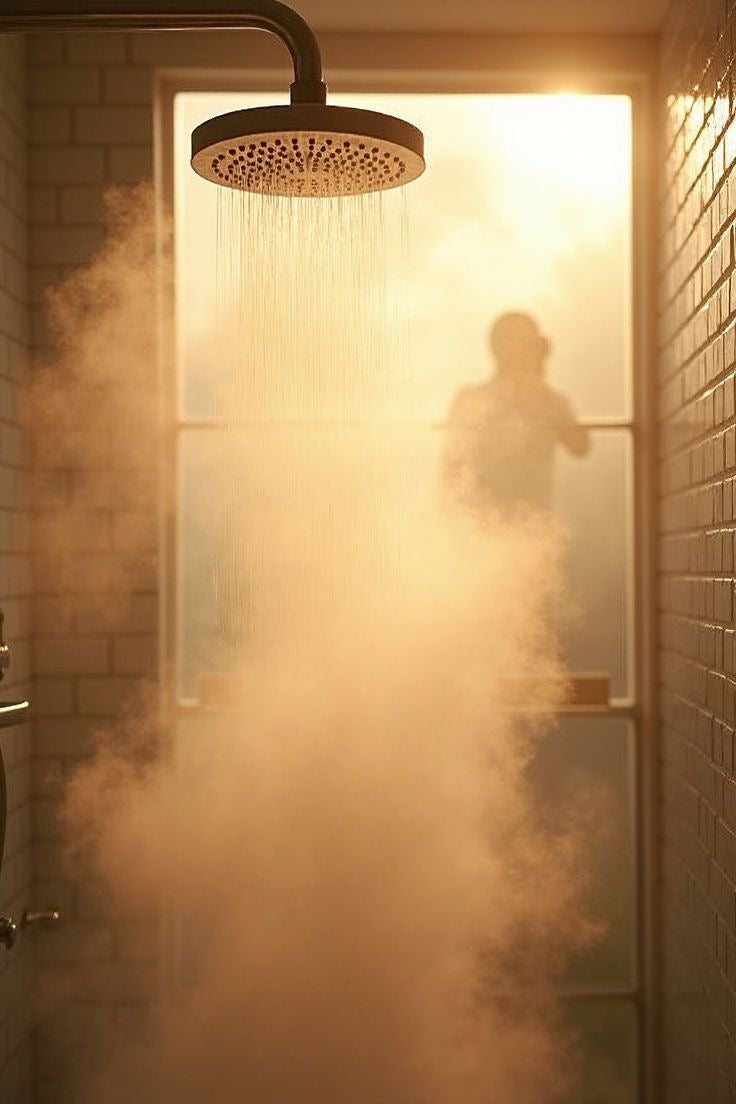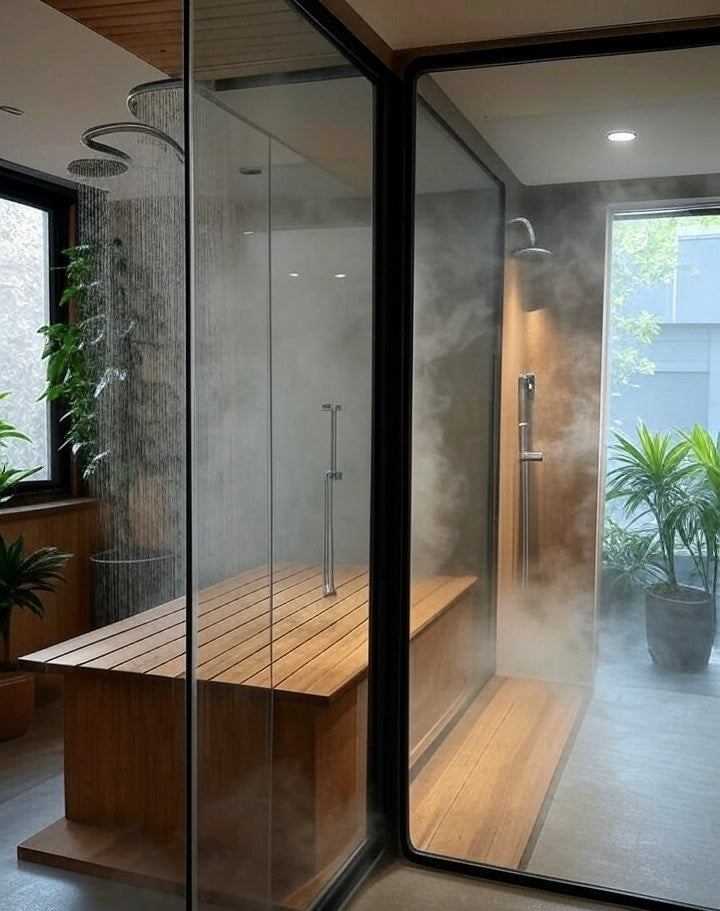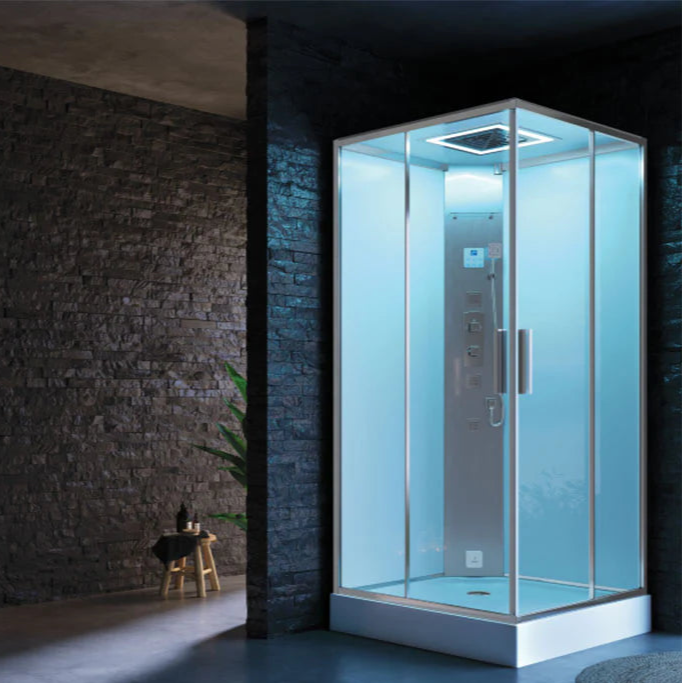Torn between the sweat of a classic Sauna/Infrared Sauna and the glow of an Infrared Sauna? Whether it’s a Home Sauna, Garden Sauna or Outdoor Sauna, the short answer: both offer benefits, but in different ways. Keep reading to find out which one suits your health, budget, and sweat style best.

Infrared vs. Traditional Saunas: Understanding the Core Differences
How They Work: Heating Methods and Temperatures
Traditional Saunas: Heating the Air Around You
Traditional saunas use a heater to warm stones, which then heat the surrounding air. This hot air, usually between 70°C and 100°C, heats your body indirectly.
They often include water thrown onto the stones to create steam — known as "löyly" in Finnish tradition — enhancing the sensation of heat. You start sweating as your body works harder to cool itself in the steamy environment.
Infrared Saunas: Direct Heat Penetration
Infrared saunas use infrared panels to emit radiant heat that penetrates directly into your skin and tissues. Rather than heating the air, this method warms you from the inside out.
Temperatures tend to stay lower, around 45°C to 60°C, making it more comfortable for longer sessions.
Key Distinctions in the Sauna Experience
Temperature Range and Session Duration
Traditional saunas operate at higher temperatures and often lead to shorter sessions due to the intense heat. Infrared saunas allow for longer, gentler sessions while still promoting sweat.
The lower temperature in infrared saunas also makes them more tolerable for beginners.
Humidity and "Löyly" (Steam)
Traditional saunas produce a humid, steamy environment. The steam, when water is poured on the hot stones, enhances the experience and adds a therapeutic effect.
Infrared saunas, in contrast, are dry. There’s no steam or humidity, which some people prefer, especially if they find humidity overwhelming.
Heat-Up Time and Energy Efficiency
Traditional saunas can take 30 to 45 minutes to reach optimal temperatures. They use more electricity due to higher heat requirements.
Infrared saunas heat up in about 10 to 15 minutes. They consume less energy and are typically more efficient for home use.
Beyond the Heat: Exploring the Unique Benefits of Each Sauna Type
Health and Wellness Benefits Compared
Detoxification and Sweating Efficiency
Infrared saunas are known for promoting deep sweating at lower temperatures. The sweat is said to carry more toxins due to deeper heat penetration.
Traditional saunas also promote detox through heavy sweating, but more from surface-level heat.
Cardiovascular Health and Circulation
Both sauna types can improve heart health. Traditional saunas elevate your heart rate through high heat exposure, mimicking mild cardio exercise.
Infrared saunas may enhance circulation by warming tissues directly, encouraging blood flow and vessel expansion.
Muscle Recovery and Pain Relief
Infrared sauna therapy is often used for pain relief and muscle recovery due to its ability to penetrate deep into joints and tissues.
Traditional saunas offer temporary relief from muscle tension and stiffness thanks to the overall body heat.
Stress Reduction and Sleep Improvement
The intense heat of traditional saunas triggers endorphin release, helping reduce stress and improve relaxation. The ritualistic nature of sitting in a hot, steamy room can also calm the mind.
Infrared saunas, with their gentler heat, can soothe the nervous system, promoting better sleep without overwhelming the senses.
Skin Health and Immune System Support
Infrared sauna benefits for skin include increased circulation, which helps nourish skin cells and may promote collagen production. This can improve tone and texture.
Both sauna types may support the immune system by raising core body temperature, which may help your body fend off illness.
Practical Considerations for Choosing Your Sauna

Installation Requirements and Costs
Traditional saunas often require more space and ventilation, especially for wood-burning models. Installation costs tend to be higher.
Infrared saunas are compact and easier to install in most homes, even fitting into spare rooms. They are typically more budget-friendly.
Maintenance and Longevity
Infrared saunas are easier to maintain with fewer parts and no water or steam to manage. They’re generally plug-and-play.
Traditional saunas require more upkeep due to steam, wood, and the potential for mould or mildew if not maintained properly.
Who Should Use Each Type (and Who Should Avoid)
Infrared saunas are often recommended for people with joint pain, fibromyalgia, or heat sensitivity due to their lower temperature.
Traditional saunas may be better for those who enjoy high heat and steam or prefer a more intense sweat session. People with cardiovascular issues or heat intolerance should consult a healthcare provider before using either.
Making Your Decision: Which Sauna is Right for You?
Choosing between an infrared sauna vs regular sauna comes down to your goals and preferences. For gentler heat, energy efficiency, and deep tissue benefits, an infrared sauna is ideal.
If you love steamy heat, intense sweat sessions, and tradition, a regular sauna might suit you better. Whichever you choose — be it a home sauna, garden sauna, or outdoor sauna — you’re on the path to better health and relaxation.
Takeaways:
-
Infrared saunas use direct heat, are energy-efficient, and gentler on the body.
-
Traditional saunas rely on high temperatures and steam for a more intense experience.
-
Both offer unique health benefits — pick based on comfort, space, and wellness goals.
-
Ideal for home, garden or outdoor use — there’s a sauna for every lifestyle.






